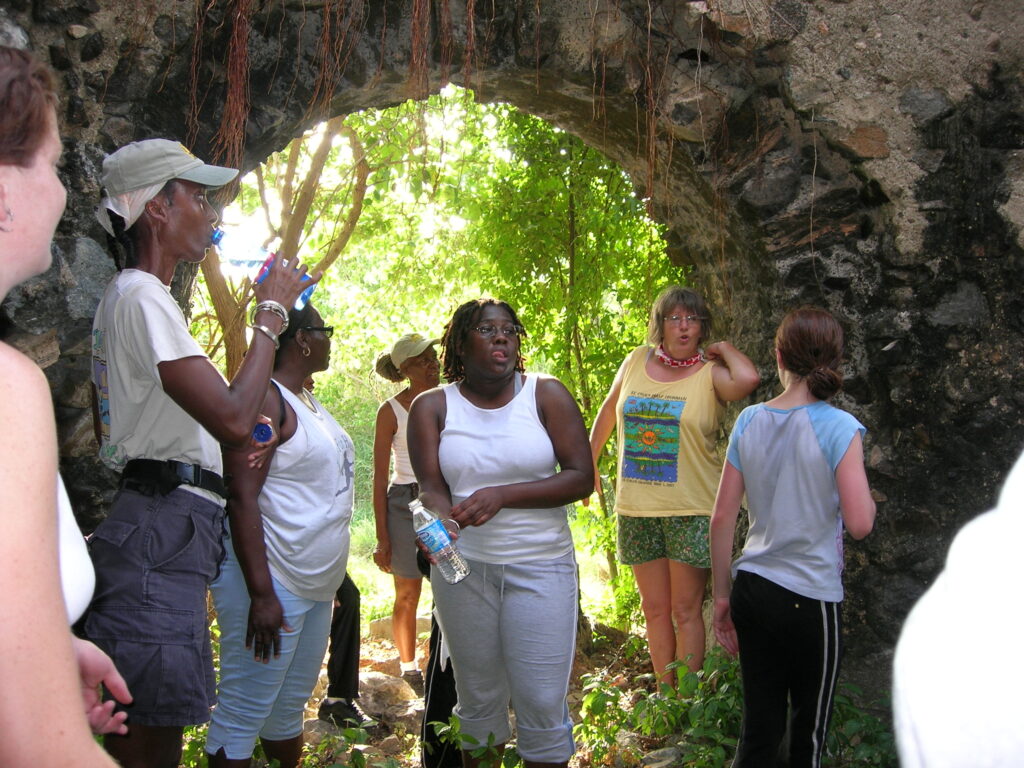
Since the early 1980s, I have been fighting politically and socially to protect the GREAT northwest of St. Croix. Over the last few months, I have written a series of articles for local newspapers explaining the history of the GREAT northside and why it should be protected indefinitely by establishing a Maroon Territorial Park in the Northside A Quarter of St. Croix.
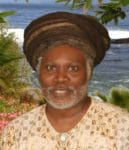
There are two parcels of land, and each is over 1,000 acres. One parcel is located at Northside A Quarter — what I call Maroon Country because of its unique geological formation.
The other parcels of land include Northside B Quarter, King Quarter, and Prince Quarter. These parcels are Estate Hermitage, Solitude, Parasol, River, and Mount Eagle. In 2001, the USDA Forest Service asked the Nature Conservancy, a global environmental organization, to conduct a forestland assessment to identify properties on St. Croix to become part of the Virgin Islands Forest Legacy Program.
Two parcels of land were identified. The Northside A Quarter includes Estate Annaly, Sweet Bottom Bay, Wills Bay, Mount Stewart, Bodkins, Well Bay, and other estates within the Annaly Bay watershed. The other parcels of land identified were Estate Hermitage and the surrounding estates of that valley. Estate Hermitage is located in the King Quarter. This estate and the surrounding estates are up for sale. It is a little over 1,000 acres with a deep, rich, fertile agricultural valley surrounded by forest land along the hillside and by the mountain ranges of Mount Eagle and Blue Mountain.
The historic landscape of Estate Hermitage is a breathtaking view, especially looking down from the northeast scenic road on top of Blue Mountain, Mount Eagle trails, and Bodkins Mill, which is a distance of 2 or 3 miles west on the scenic road. Hermitage and the surrounding estates are the headwaters of the Bethlehem, River, Upper Love, Lower Love, and Estate Adventure streams that flow to the southern coast of the St. Croix great plain. In the 1800s, Estate Hermitage belonged to John Willett and his heirs.
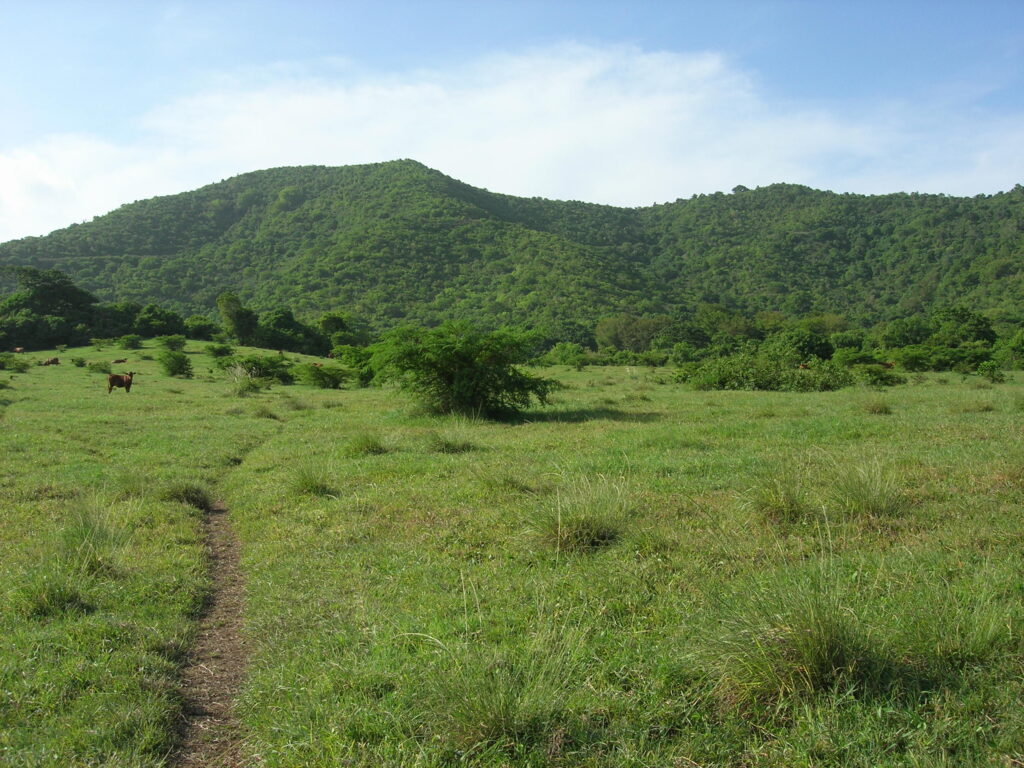
Estate Hermitage has a cane-grinding windmill and a factory where slaves once plowed the fertile valley with ox, mules, and horses. Up until recently, there were guava (Psidium guajava L.) growing wild in the pasture of Hermitage and the surrounding estates. The guava was spread all over the pasture by the cows eating the fruits. Estate Parasol is part of the parcel with Estate Hermitage. Parasol is in Northside B Quarter. Parasol ridge extends southeast from a 747-foot peak located about in the center of the estate.
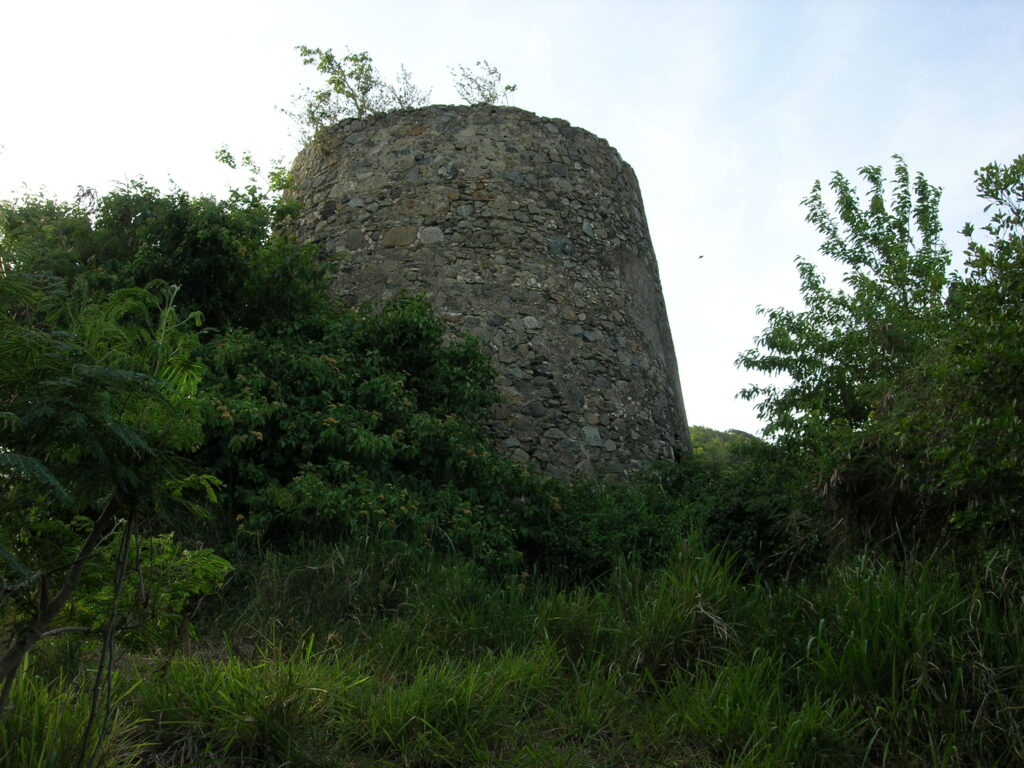
The 747-foot peak is on the main watershed, about center along the western slope road from River to Prosperity mill on the road in the southwest corner of the northside. The estate is saddled between two low hills between Fountain Valley and Blue Mountain. Parasol Bakke is a Danish name for Parasol Hill. Nevertheless, there are many ruins of this old estate overgrown in the forest south of the sugar mill on top of the hill.
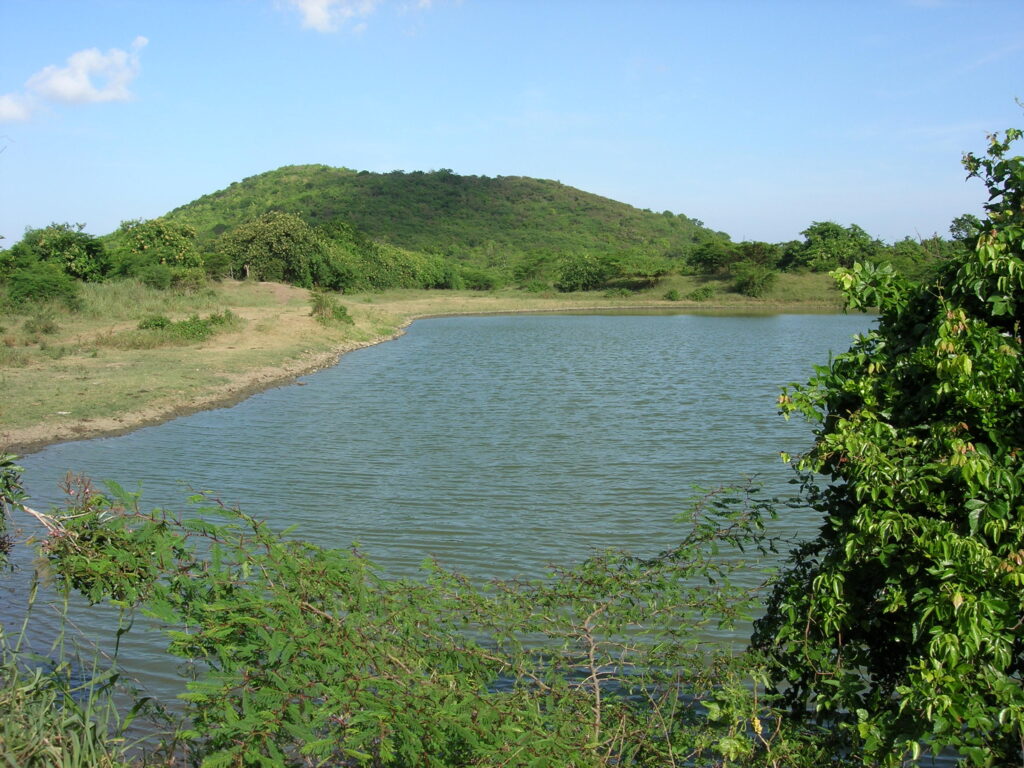
Solitude Estate is in Northside B Quarter. Its hill is about 544 feet high south of Mount Eagle, the highest peak on St. Croix. Nevertheless, due to the surrounding mountain ranges and hills of the estates in this fertile agricultural valley, many slaves took advantage to escape and go Maroon. On Oct. 1, 1832, William Smith reported to Gov. von Scholten about runaway slaves at Estate Solitude on the northside and at Anguilla plantation.
He mentioned in his report to the governor that seven Maroons from estates Solitude and Anguilla fled St. Croix by a stolen boat and are thought to have gone to Tortola. According to their enslaver, “this escape has caused considerable excitement and disturbance among the negroes on the estates, as they conceive that those who have gone away have accomplished their liberty … .” Estate River is also part of the parcel collectively with the other surrounding estates for sale. This estate is part of Prince Quarter. It has a large slave cemetery that connected to the other slave cemeteries across the northwest of the island. The French name for Estate River is Riviere du Cap, which mean “River of the Cape.”
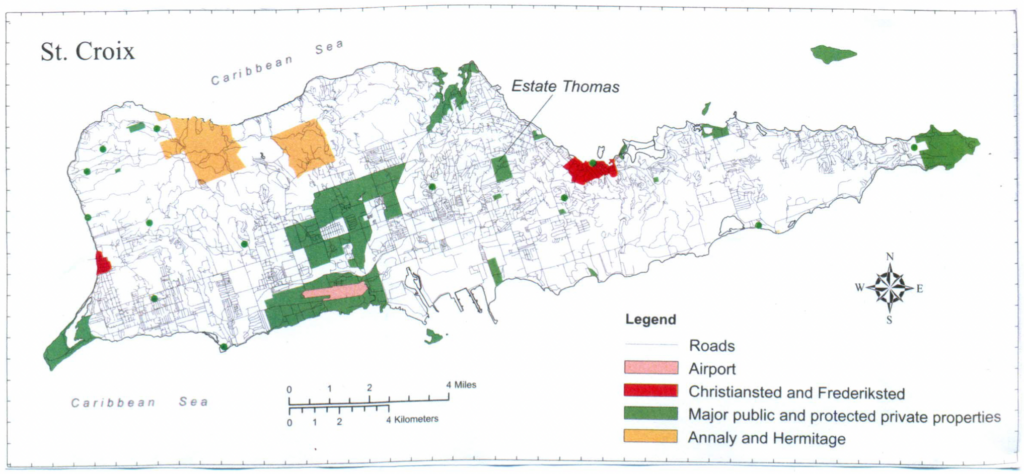
A good friend of mine Gerard Doward, but affectionately known as Jerry, is one person I consider a Crucian cultural historian. Jerry had documented his ancestors by using the slave gravesites of the northwest and connecting estates throughout the region including Big Fountain, Hermitage, Parasol, Solitude, River, and other estates in the surrounding areas. According to Jerry, Lucretia is his second great-grandmother. She was born around 1809 and arrived on St. Croix, Danish West Indies, around 1819.
Lucretia was an enslaved African. Her name appears in the 1835 Census as living in Estate Big Fountain, which is near estates River, Hermitage, Parasol, Solitude, and Mount Eagle, with her son, Christian Joshua Balfour. Her son, Joshua, was born on St. Croix as a slave in 1833 and baptized in the Catholic faith. Lucretia died on April 2, 1854, six years after emancipation, and is buried in Estate Big Fountain.
Christian Joshua Balfour remained working in Estate Big Fountain where he met and married Jane Henrietta Fredericks. Henrietta was born in Estate Hard Labor, which is not too far from Estate Grove Place and Estate River. However, Henrietta was contracted out to work in Estate Annaly Maroon Country. Henrietta and Joshua had two sons, Christian David Balfour and Anthony Balfour. In the census or church records, Jerry found out that Anthony was the father of Alma Eugenie Balfour Doward, his mother, which is Lisa Doward’s grandmother.
Jerry noted, “Joshua and Henrietta also had two daughters. Namely Lucreita and Maria. Both girls died at an early age. Joshua and Herrietta died days apart in 1869. June 8 and June 20, 1869, respectively. Anthony Balfour married Anastasia Thomas, who was the mother of Ama Balfour Doward.” Mount Eagle, which is in Northside B Quarter, connected to the estates that I mentioned in the valley of Hermitage.
On Oldendorp’s map by Paul Kuffner, in 1767 Mount Eagle is simply called “Hochste Berg,” which means highest mountain. Mount Eagle, which is 1,165 feet above sea level, provided temporary shelter for runaway slaves or Maroons from the surrounding plantations, which include Hermitage and other estates that I mentioned in the area. These estates need to be protected, especially as cultural, prehistoric archaeological and natural history sites. And, most of all, for their fertile agricultural soils.
I encourage our government to purchase this 1,000-plus acres. Believe me, it is a good investment for agricultural development, while protecting invaluable historical and cultural resources. We must act to preserve the historic landscape of the GREAT valley of Estate Hermitage.





